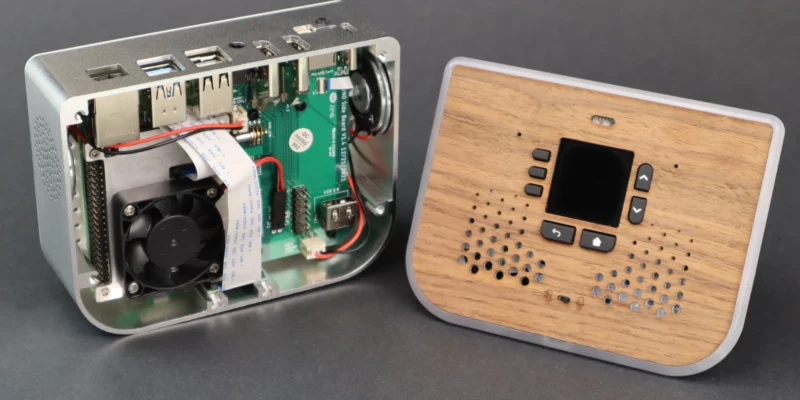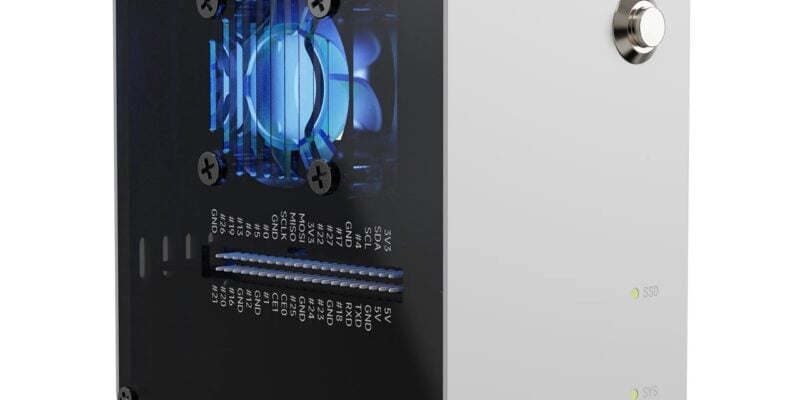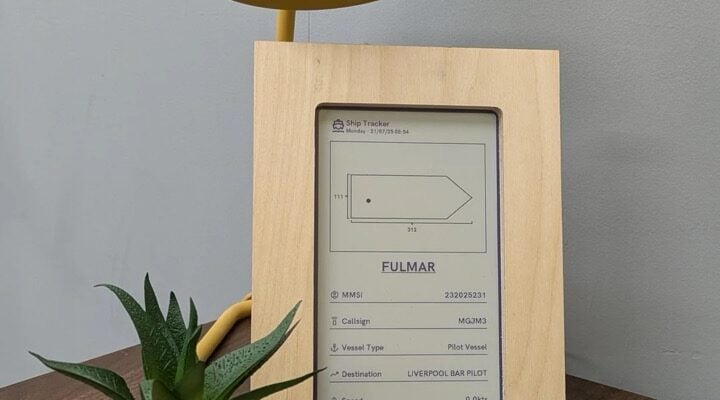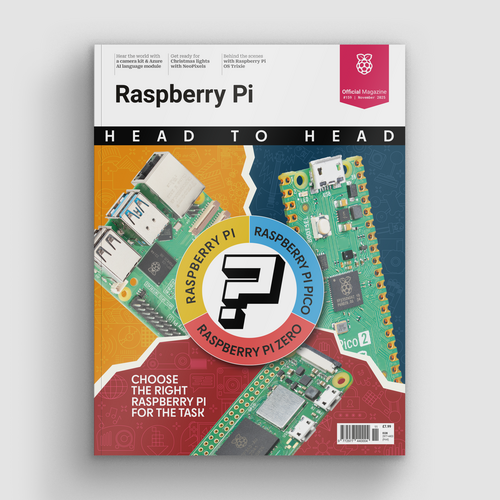Set up Raspberry Pi Pico
By Lucy Hattersley. Posted

1. Drag and drop Pico
Raspberry Pi Pico is a miniature marvel, capable of running code and connecting to electronic devices via its GPIO (general-purpose input/output) pins. You program Pico by connecting it to a computer via USB, then transferring code files to it (or coding and debugging directly using an IDE – integrated development environment).
Scroll for steps two and three.
Advertisement
Head to head: Raspberry Pi + Raspberry Pi Zero + Raspberry Pi Pico.
2. Switch to MicroPython
Raspberry Pi Pico is set up, by default, for use with the C/C++ Software Development Kit (SDK). The C/C++ SDK is an extremely flexible and powerful way to interact with your Raspberry Pi Pico. However, there’s a more beginner-friendly method: MicroPython.
Hold down the small button on your Raspberry Pi Pico marked ‘BOOTSEL’ and connect Pico to your computer using the USB cable. (We are using a Raspberry Pi). Wait a few seconds, then let go of the BOOTSEL button. You will see your computer mount a removable drive. Click OK in the ‘Removable medium is inserted’ window to open Raspberry Pi Pico’s on-board storage.
3. Install the UF2 firmware
Double-click the INDEX.HTM file shown in Pico’s mounted storage. Your browser will open and display the Raspberry Pi Documentation web page. Select ‘MicroPython’, then click the option to download the correct MicroPython firmware for your board (Pico or Pico W). It’s a small file, so it’ll only take a few seconds.
Open File Manager and locate the.uf2 file in the Downloads folder. Drag-and-drop the UF2 file to the Raspberry Pi Pico’s removable drive (named ‘RPI-RP2’). After a few seconds, the drive will disappear as the new MicroPython firmware is recognised and installed.
You'll need:
-
Computer (Raspberry Pi, Mac, or PC)
-
Micro-USB cable

Lucy is Editor of Raspberry Pi Official Magazine.
Subscribe to Raspberry Pi Official Magazine
Save up to 37% off the cover price and get a FREE Raspberry Pi Pico 2 W with a subscription to Raspberry Pi Official Magazine.
More articles

All right all right!! Artificial Intelligence, Hollywood style
When we get AI right, odds on it’ll be thanks to small firms, motivated individuals, and Raspberry Pi
Read more →

Pironman 5 Mini review
Compact and bijou, this Raspberry Pi 5 case looks cool
Read more →

E-ink shipping monitor
The display comprises a Raspberry Pi Zero 2 W, a Pimoroni Inky Impression 7.3-inch display, and a Wegmatt dAISy Mini AIS receiver. AIS stands for ‘Automatic Identification System’, and it’s this device that picks up the signals coming from the ships themselves, which goes to the display via the Raspberry Pi Zero 2 W. There’s probably a […]
Read more →
Sign up to the newsletter
Get every issue delivered directly to your inbox and keep up to date with the latest news, offers, events, and more.
